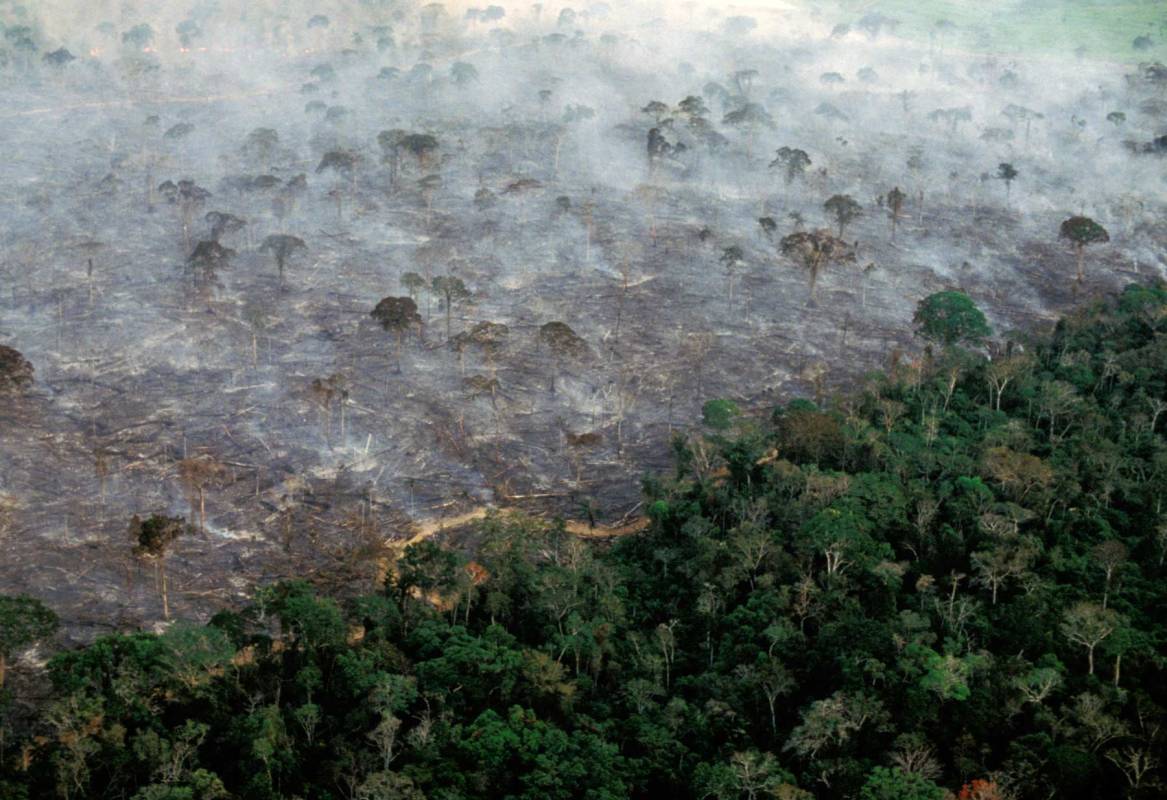The Amazon Rain Forest could be tougher than scientists previously thought.
A new study suggests the expansive jungle is more resilient to deforestation than expected. Researchers from the University of Bristol used the latest satellite data and the most updated complexity science models to reach the conclusion.
Their findings, published in Nature Communications Tuesday, refute previous studies that found large areas of the Amazon rainforest were close to a tipping point, caused by deforestation or drought, that would spark a forest-killing cycle. The theory, called bistability, hinges on the notion that the jungle would turn into a savannah—and remain that way until the conditions that started the cycle reversed.
However, previous research failed to account for the proximity of these areas to human settlements, which cause the boundary between the rainforest and savannah to naturally shift towards the wetter areas.
Once the researchers did that “suddenly the property of bistability disappeared almost completely,” the paper’s lead author Bert Wuyts wrote.
Since the Amazon rainforest absorbs 25 percent of the world’s carbon per year, environmentalists believe major losses to the jungle foliage would intensify global warming.
This article was featured in the InsideHook newsletter. Sign up now.
























